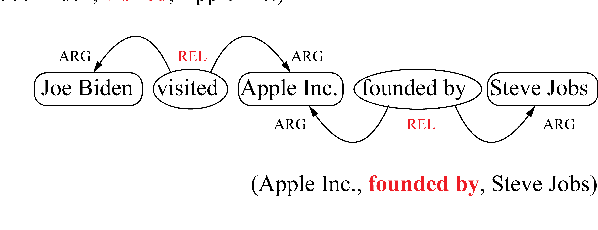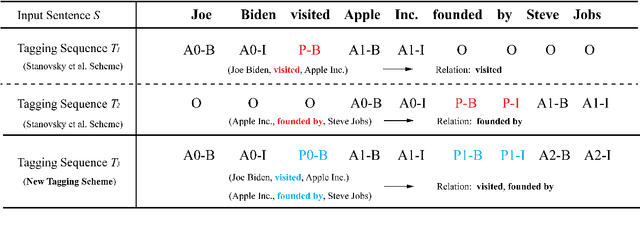Tao Ni
RoPETR: Improving Temporal Camera-Only 3D Detection by Integrating Enhanced Rotary Position Embedding
Apr 18, 2025Abstract:This technical report introduces a targeted improvement to the StreamPETR framework, specifically aimed at enhancing velocity estimation, a critical factor influencing the overall NuScenes Detection Score. While StreamPETR exhibits strong 3D bounding box detection performance as reflected by its high mean Average Precision our analysis identified velocity estimation as a substantial bottleneck when evaluated on the NuScenes dataset. To overcome this limitation, we propose a customized positional embedding strategy tailored to enhance temporal modeling capabilities. Experimental evaluations conducted on the NuScenes test set demonstrate that our improved approach achieves a state-of-the-art NDS of 70.86% using the ViT-L backbone, setting a new benchmark for camera-only 3D object detection.
A Survey on Backdoor Threats in Large Language Models (LLMs): Attacks, Defenses, and Evaluations
Feb 06, 2025



Abstract:Large Language Models (LLMs) have achieved significantly advanced capabilities in understanding and generating human language text, which have gained increasing popularity over recent years. Apart from their state-of-the-art natural language processing (NLP) performance, considering their widespread usage in many industries, including medicine, finance, education, etc., security concerns over their usage grow simultaneously. In recent years, the evolution of backdoor attacks has progressed with the advancement of defense mechanisms against them and more well-developed features in the LLMs. In this paper, we adapt the general taxonomy for classifying machine learning attacks on one of the subdivisions - training-time white-box backdoor attacks. Besides systematically classifying attack methods, we also consider the corresponding defense methods against backdoor attacks. By providing an extensive summary of existing works, we hope this survey can serve as a guideline for inspiring future research that further extends the attack scenarios and creates a stronger defense against them for more robust LLMs.
UdeerLID+: Integrating LiDAR, Image, and Relative Depth with Semi-Supervised
Sep 10, 2024Abstract:Road segmentation is a critical task for autonomous driving systems, requiring accurate and robust methods to classify road surfaces from various environmental data. Our work introduces an innovative approach that integrates LiDAR point cloud data, visual image, and relative depth maps derived from images. The integration of multiple data sources in road segmentation presents both opportunities and challenges. One of the primary challenges is the scarcity of large-scale, accurately labeled datasets that are necessary for training robust deep learning models. To address this, we have developed the [UdeerLID+] framework under a semi-supervised learning paradigm. Experiments results on KITTI datasets validate the superior performance.
Explore BiLSTM-CRF-Based Models for Open Relation Extraction
Apr 26, 2021



Abstract:Extracting multiple relations from text sentences is still a challenge for current Open Relation Extraction (Open RE) tasks. In this paper, we develop several Open RE models based on the bidirectional LSTM-CRF (BiLSTM-CRF) neural network and different contextualized word embedding methods. We also propose a new tagging scheme to solve overlapping problems and enhance models' performance. From the evaluation results and comparisons between models, we select the best combination of tagging scheme, word embedder, and BiLSTM-CRF network to achieve an Open RE model with a remarkable extracting ability on multiple-relation sentences.
 Add to Chrome
Add to Chrome Add to Firefox
Add to Firefox Add to Edge
Add to Edge